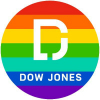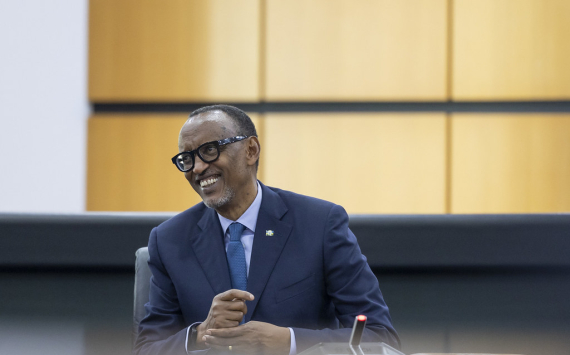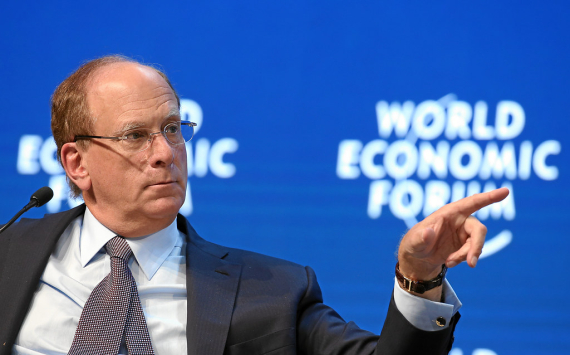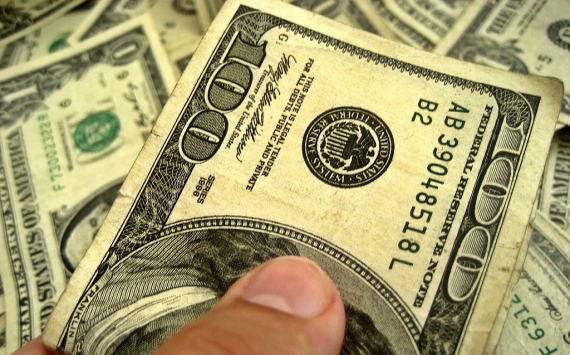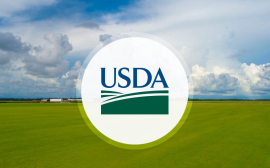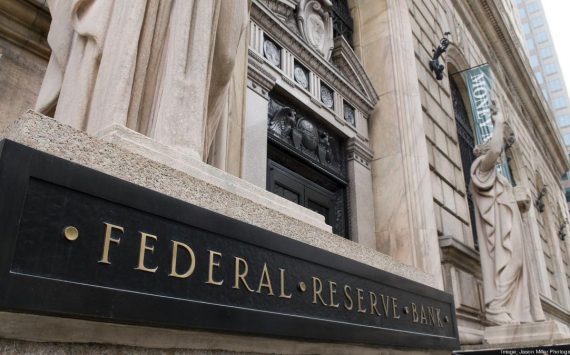
Progress in the economy
Two Fed officials noted progress in the US economy on Monday, predicting when the central bank will begin cutting bond purchases and raising the benchmark interest rate.
On Monday, US stock indices were affected by statements from two Fed officials, who hinted to investors that the Fed's quantitative easing policy will begin to be cut sooner.
Additional negative factors were fears over the risks of COVID-19 Delta strain spreading and a lower GDP growth estimate for China on Wall Street.
As a result, the Dow Jones and S&P 500 indices interrupted their two-day gains, declining 0.3% and 0.09% on Monday.
The Fed has kept benchmark interest rates near zero since last year and is buying $120bn worth of assets a month. The central bank has pledged to maintain this pace "until substantial further progress" has been made towards reaching the 2% maximum employment and inflation target in the US and temporarily slightly exceeding this level.
Fed could start cutting asset purchases as early as September/October
On Monday, Atlanta Federal Reserve Bank President Raphael Bostic noted strong growth in new off-farm jobs in July and said that if this trend continues for a month or two "it puts the Fed on the path to reduce asset purchases from October through December or sooner."
Boston Fed President Eric Rosengren also said on Monday that the central bank could begin reducing quantitative easing policy even before October.
The Fed's next policy meeting is scheduled for 21-22 September and there's a chance that based on indicators of strong economic growth the central bank could announce the timing and size of its asset purchase cuts. Interest rate hikes are not expected before the end of 2022. The Fed's decision to change policy will also be influenced by the spread of the Delta strain.
Fed about inflation
On Wednesday and Thursday there will be government data on US inflation in July.
Fed President Thomas Barkin said on Monday that he sees the economy making progress towards the central bank's goals.
Barkin said that the high inflation seen this year may have met one of the Fed's criteria for raising rates, although there is still room for the labour market to recover before rates have to rise.




